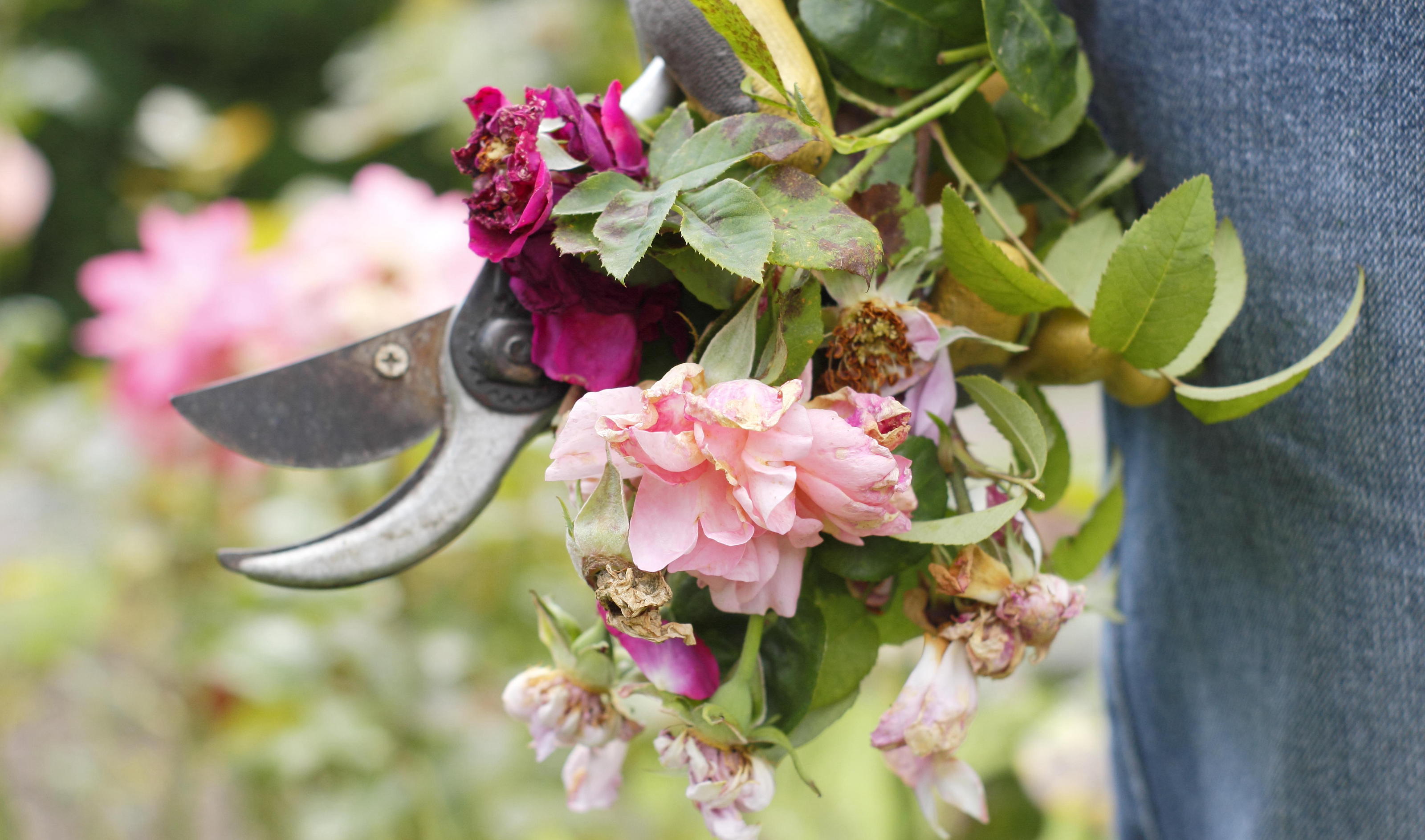
Deadheading spent flowers is one of the easier gardening jobs to do. It's generally quick and non-strenuous. For any new newbies, deadheading is the process of removing faded flowers, once they are past their best.
Cleared of browned blooms your backyard beds, borders and container gardens look neater and plants can put their energy into new growth. Deadheading perennials, such as zinnias and cosmos, will encourage repeat blooms throughout the season.
Not every flowering plant needs to have its spent blooms removed though. There are benefits to leaving some flower heads alone. There are also some deadheading mistakes that are easy to fall into - yet simple to avoid, according to our experts.
5 deadheading mistakes to avoid
1. Leaving it too late
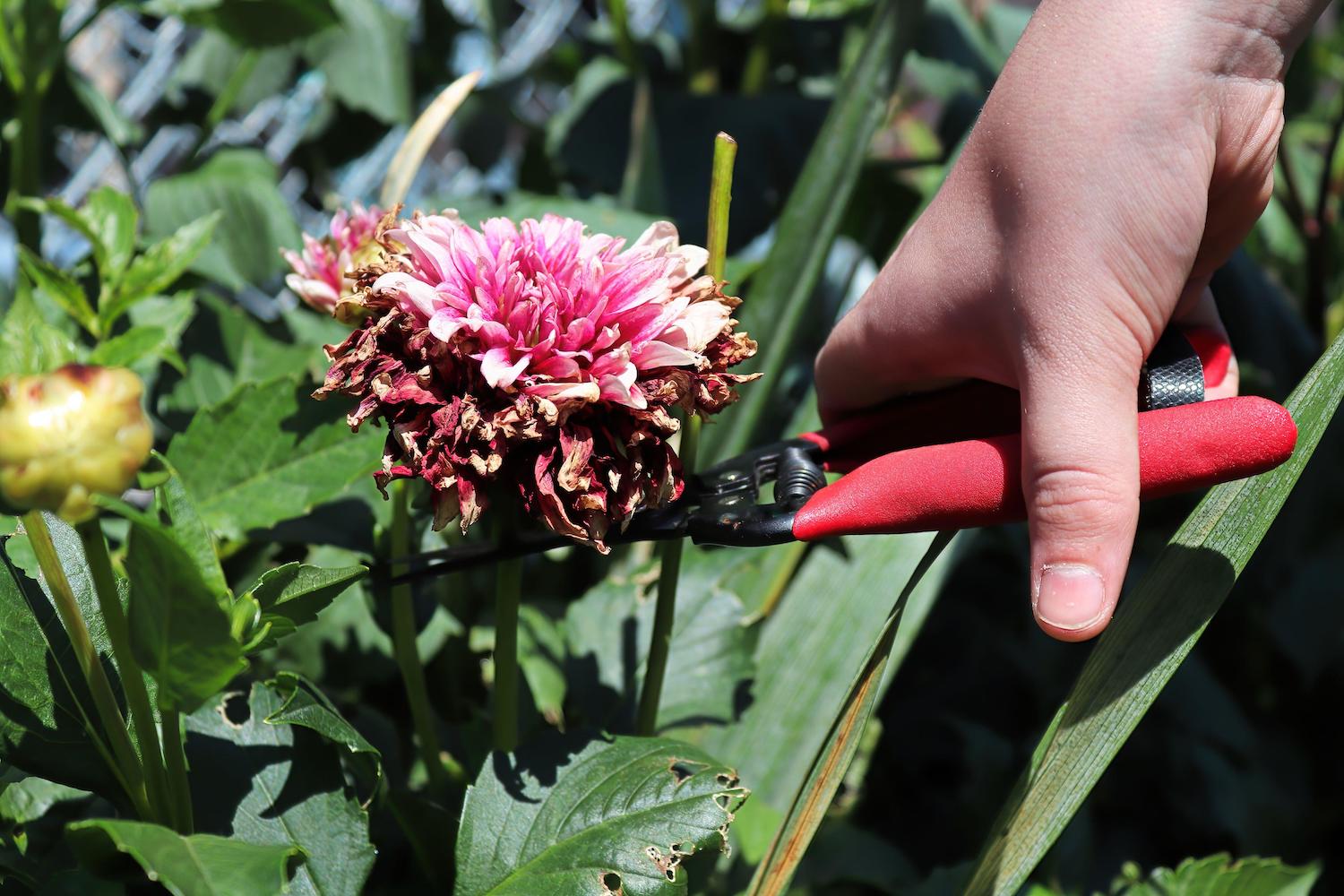
Leaving dead blooms on a plant can attract pests, mildew and disease. So it pays to be on the ball in noticing spent blooms and taking action to remove them swiftly, along with dead leaves.
'It’s always sad to see gorgeous blooms begin to fade, so enjoy them while you can,' says Charlotte, plant expert at Nature Hills Nursery. 'With herbaceous perennials, such as peonies, once the plants are done blooming, it's time to snip branch tips that flowered.
'Despite it being a heartbreaking moment to see those pretty petals drop, it is well worth your while to deadhead the old flower heads. This keeps the strength generated by the leaves going into the roots where they store the energy for those glorious blooms next year
'Removing the old flower heads really cleans up the plant's appearance and makes them a nice green backbone in the perennial or shrub border for the remainder of the season too.'
2. Trimming in the wrong place
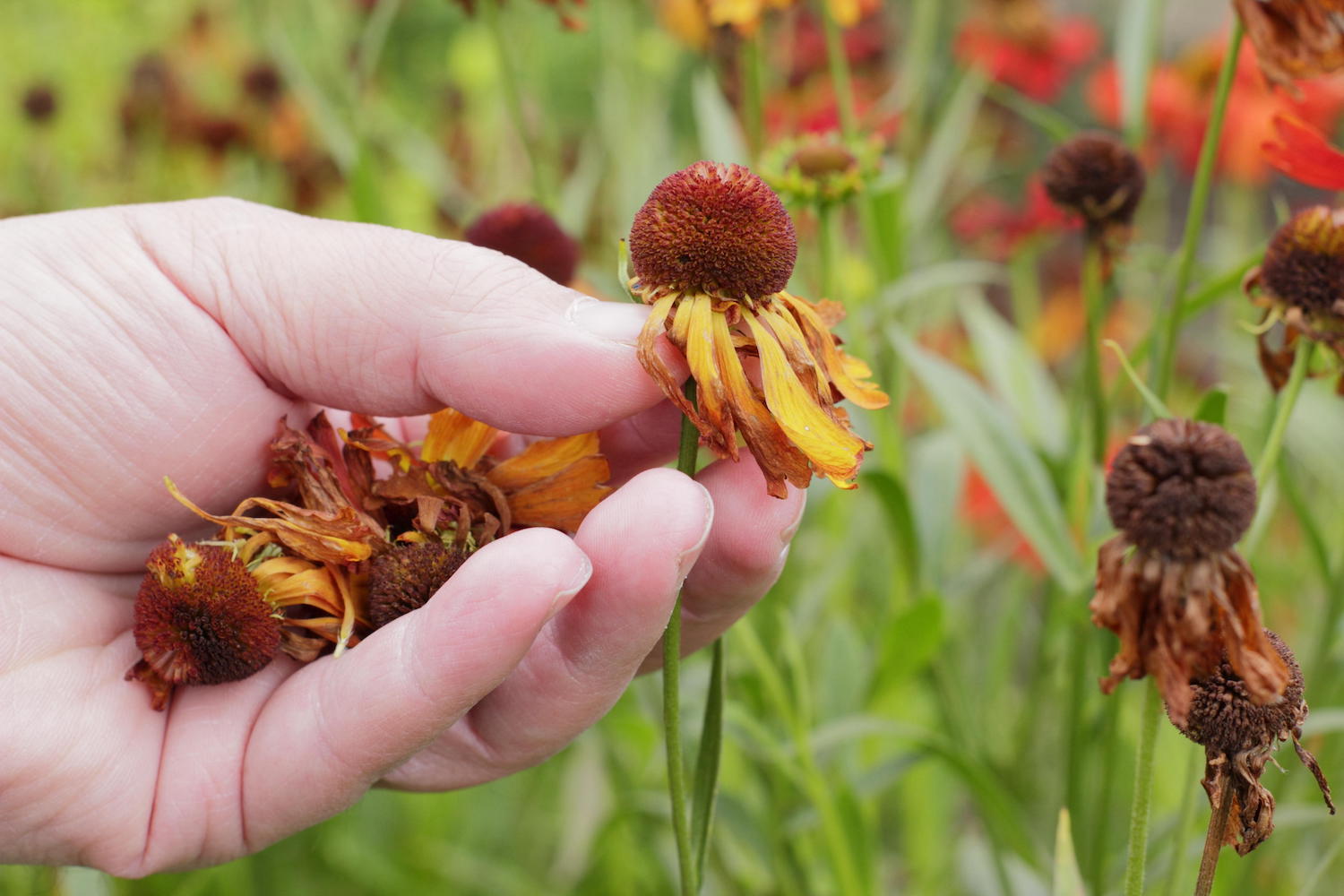
Rows of stalks without flower heads will look a little bare, so take care to remove deadheads in the right place. This can vary from plant to plant.
'Deadhead roses by cutting the stem back to the first set of five leaves and do it regularly to maintain a continuous bloom,' says Mary Irish, author of Deserts of Arizona, Month-by-Month Gardening.
'Make a clean cut at a slight angle. Keep your tools sharp and clean, so they make a smooth cut and do not spread disease from one plant to another.
'To deadhead a perennial, cut the flowering stalk back to the first leaves,' continues Mary. 'This will encourage another set of flower buds to form, giving a longer blooming season.
'In some perennials, especially salvias, there may be a group of flowering stalks at the end of the branches. Deadheading these plants is the removal of only the stalk that has finished flowering, leaving the rest to complete their bloom.
'With warm-season annuals, deadhead regularly, as soon as the flowers are spent. This will encourage repeat blooming. Cut back flowering stalks to the first junction with a leaf-forming bud.'
'Clean up all debris, including old leaves, from around the plant to discourage the spread of insects or disease.'
3. Not cleaning tools between snips
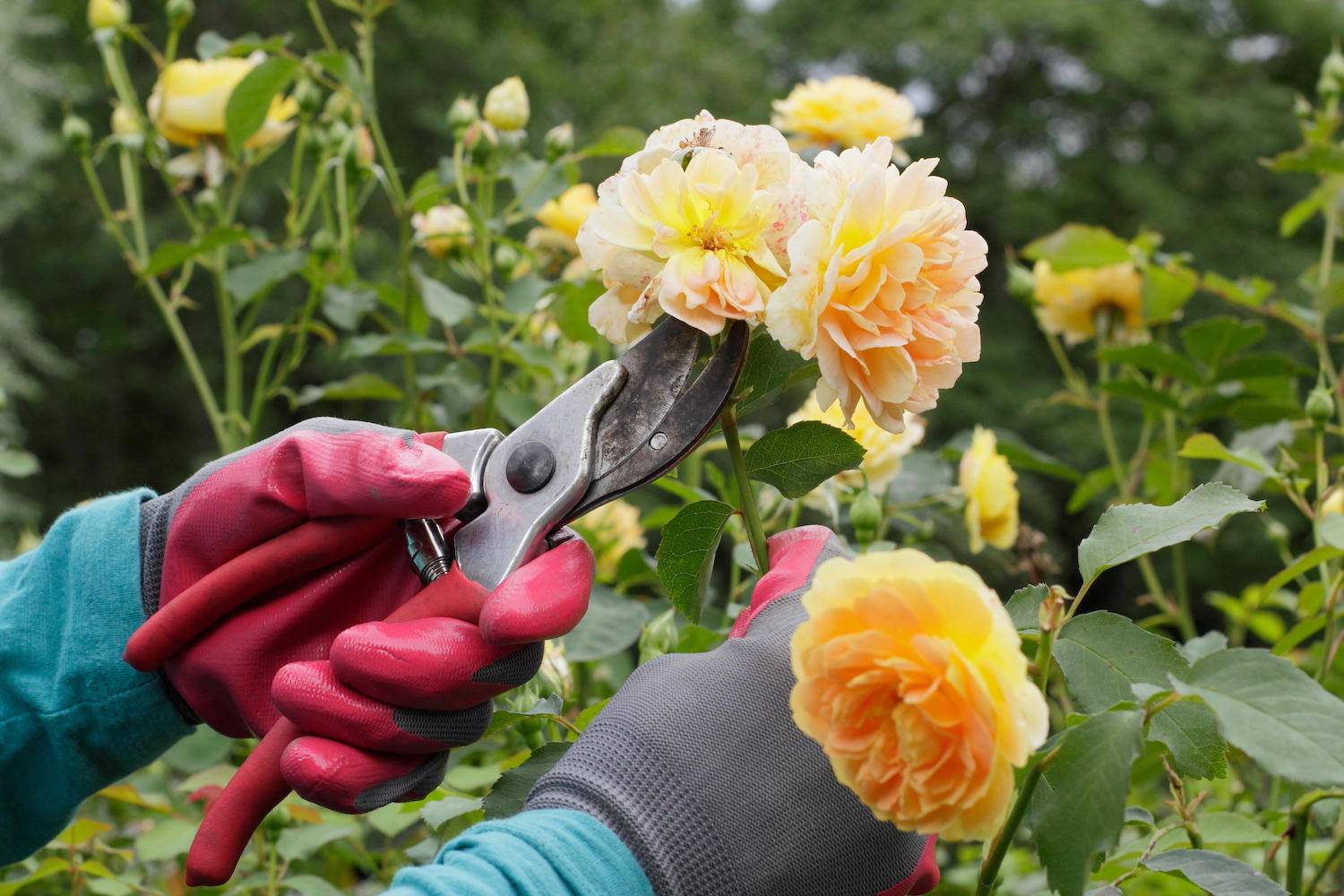
Some flower heads, like pelargoniums, are delicate enough to be simply pinched off with your thumb and forefinger. However, others with woody stems, such as roses will need snipping with garden scissors or secateurs.
'A really good pair of garden snips or dedicated scissors will work just fine for most flowers,' says Jessica Hall, co-founder, Harmony Harvest Farm. 'The bigger thing to keep in mind is to use alcohol wipes to clean them from plant to plant.
'More developed plants that already have spent blooms are more likely to have diseases that you can't see. Deadheading with the same snips could spread diseases to other plants. It's important to develop a habit of always wiping the blades with alcohol wipes before hopping from plant to plant.'
An alcohol dipped cloth will work well too, if you're avoiding single-use plastics and throwaway wipes.
'To keep all pruning tools sharp and rust-free, clean them thoroughly after each use,' says Mary Irish. 'Dry out the tool, then apply motor oil, machine oil, or another oily product that will keep the metal parts from rusting.
'One handy method for oiling tools is to prepare a bucket of sand mixed with oil. Plunge the metal parts of the tool into the bucket after each use. The sand will scour off particles of dirt and grime, and the oil will protect it from rust.'
4. Forgetting to collect seeds and not leaving some for wildlife
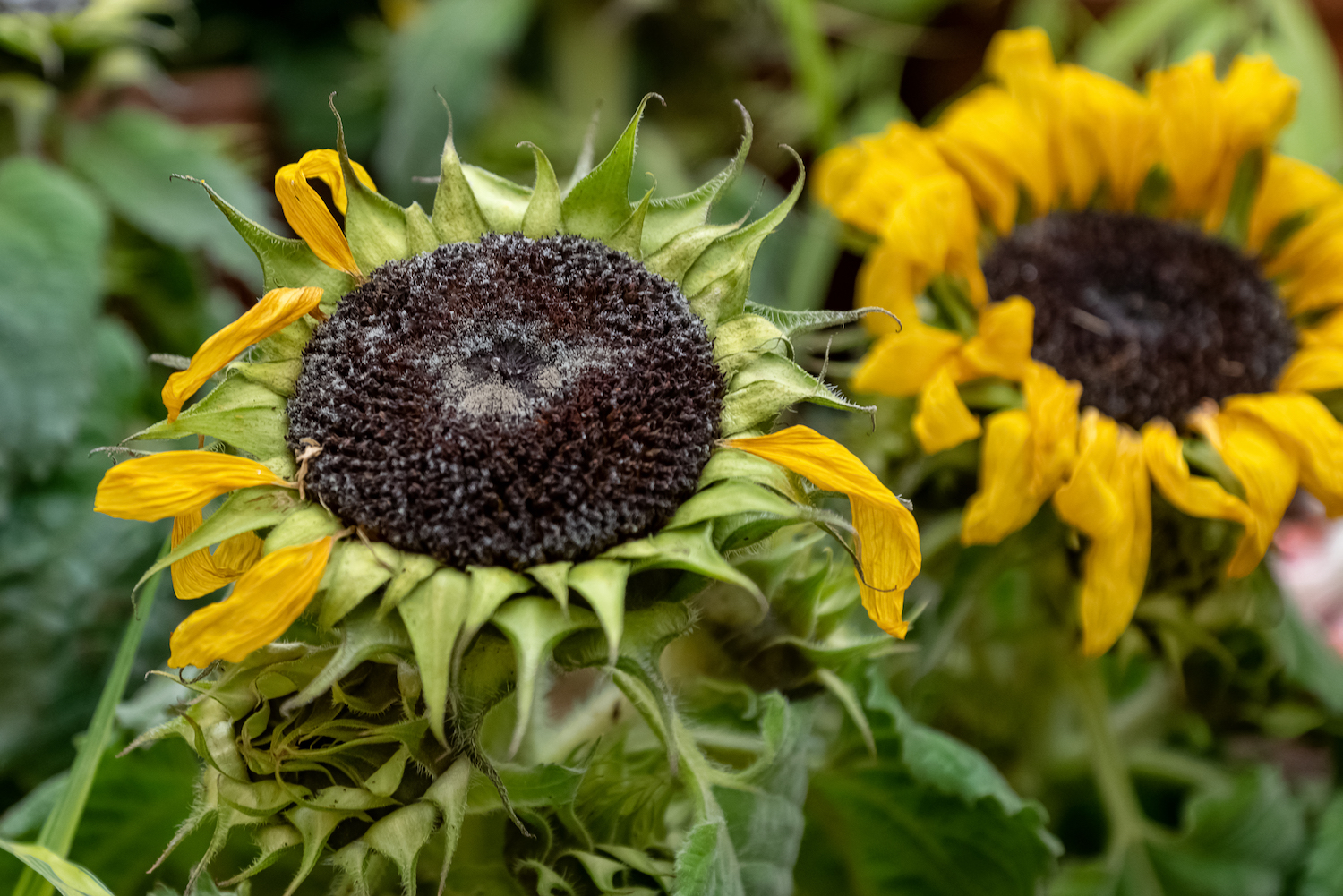
Nature is self-perpetuating and faded flowers produce free seeds that can either be collected to be grown elsewhere, or left to self-sow. Some, such as sunflowers, have huge seed heads, which provide food for birds and beneficial bugs. Others, like hydrangeas, look beautiful as they age and can be used for seed collection or in dried arrangements.
These can be left alone when you're deadheading, particularly if you prefer the trend for a wilder, more natural-looking backyard, rather than a manicured garden.
'If you want a self-seeding garden, to collect seeds, or create a more native habitat for wildlife, leaving some spent heads is beneficial,' says Jessica at Harmony Harvest Farm.
'Spent heads turn into seed heads, and while they don't look as pretty, there is a lot of beauty in the value of letting them provide for wildlife. If you remove all the spent blooms, then you remove food for wildlife.
'That said, removing spent blooms does promote more growth. There can be a balance, where you remove some spent flower heads to keep the blooms coming, while leaving some for a more native habitat or for seed collection.'
5. Deadheading flowers unnecessarily
'Plants like a lily that are growing from a bulb, tend to not produce outside of that single bloom,' says Jessica Hall. 'Therefore, if you deadhead that and cut it back too hard, you can actually compromise next year's blooms. Lillies are the perfect example of flowers that can be left alone when you're deadheading.'







